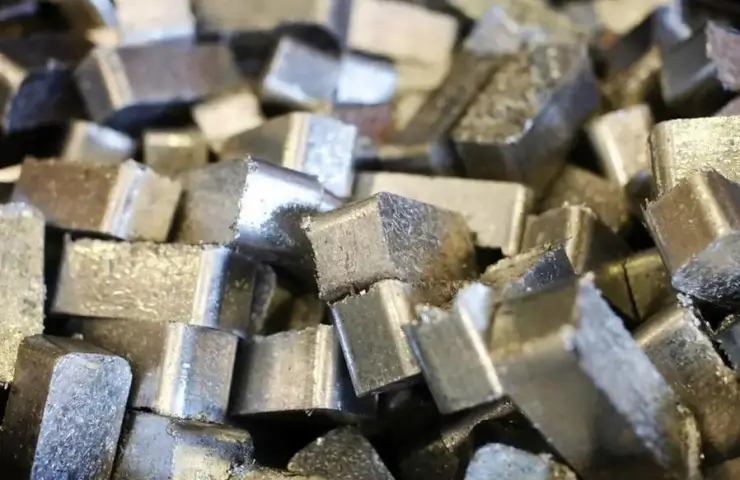Sanctions will apply to the LME and CME trading platforms, however, Russian material that arrived at their warehouses before April 13, 2024 can still be sold.
Many market participants are wondering why there is such a delay in making this decision when the Russian-Ukrainian conflict has been raging for so long. Some have speculated that the ongoing inaction of metal exchanges to ban the flow of this material may be partly behind this legislative announcement.
MEPS Head of Price Analysis and Forecasts Kaye Ayoub said: “Fear of a ban on Russian nickel has caused a surge in prices for LME and ultimately the temporary suspension of trading in the LME nickel contract back in March 2022.




